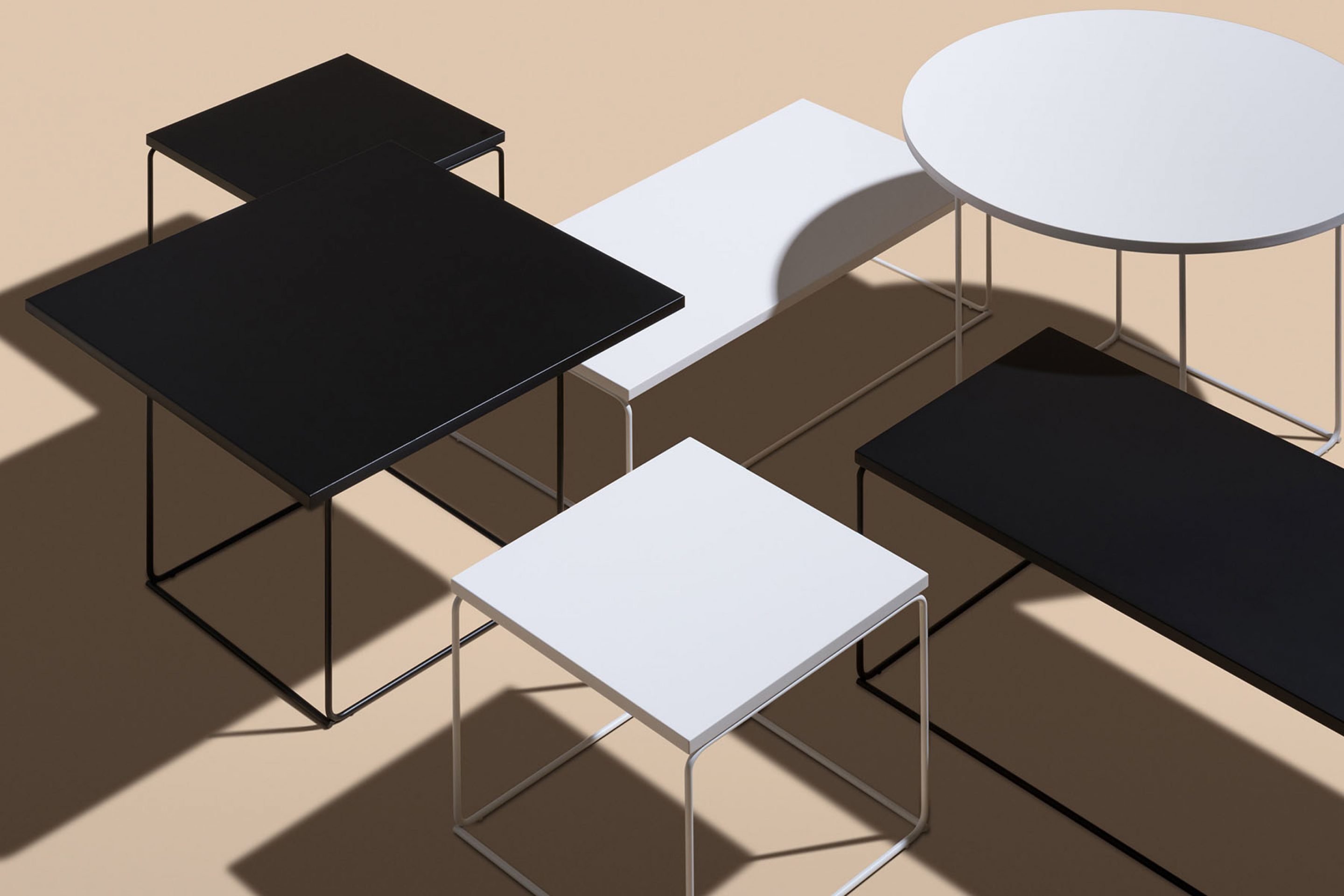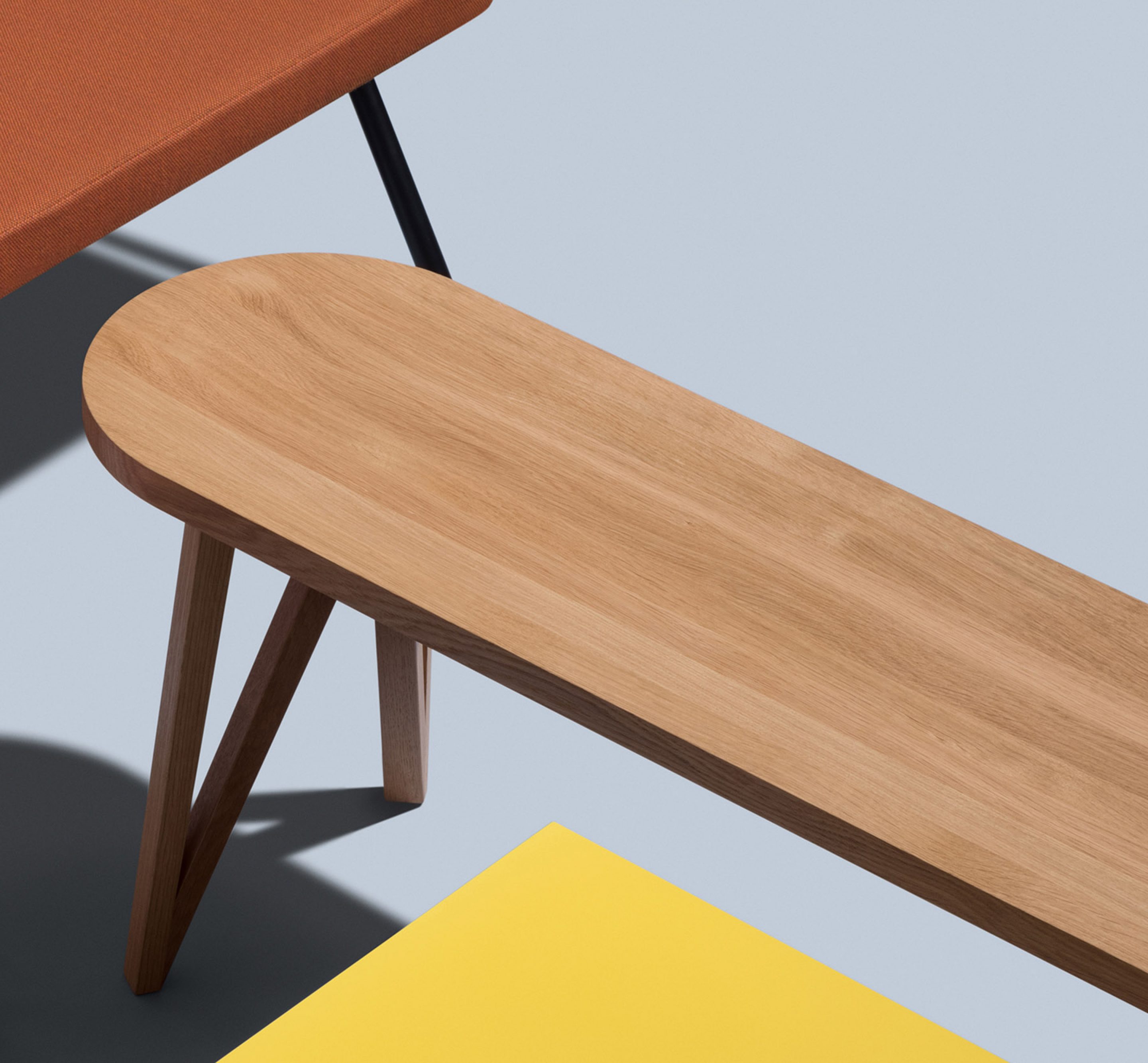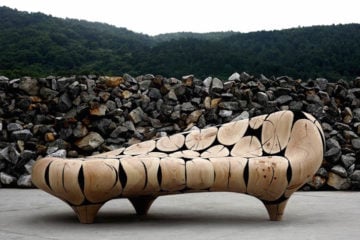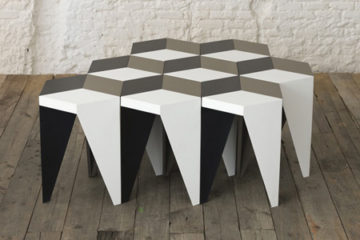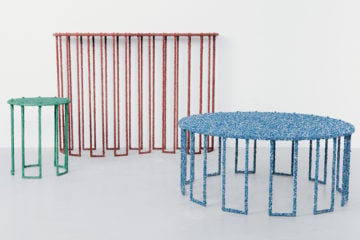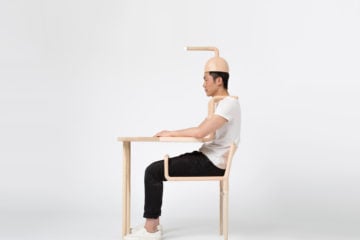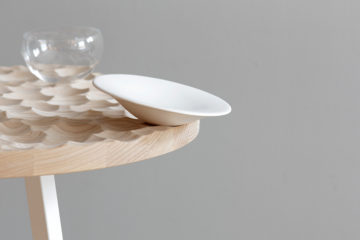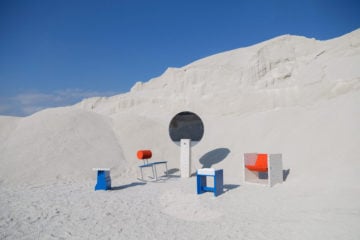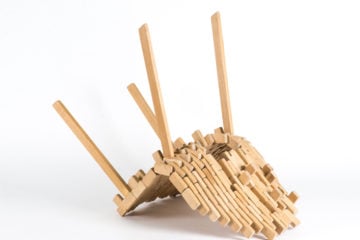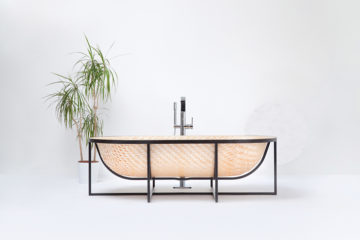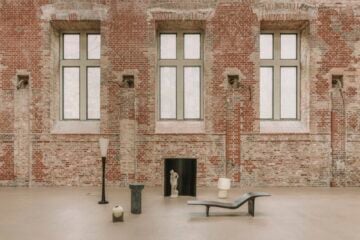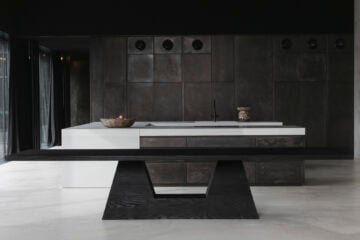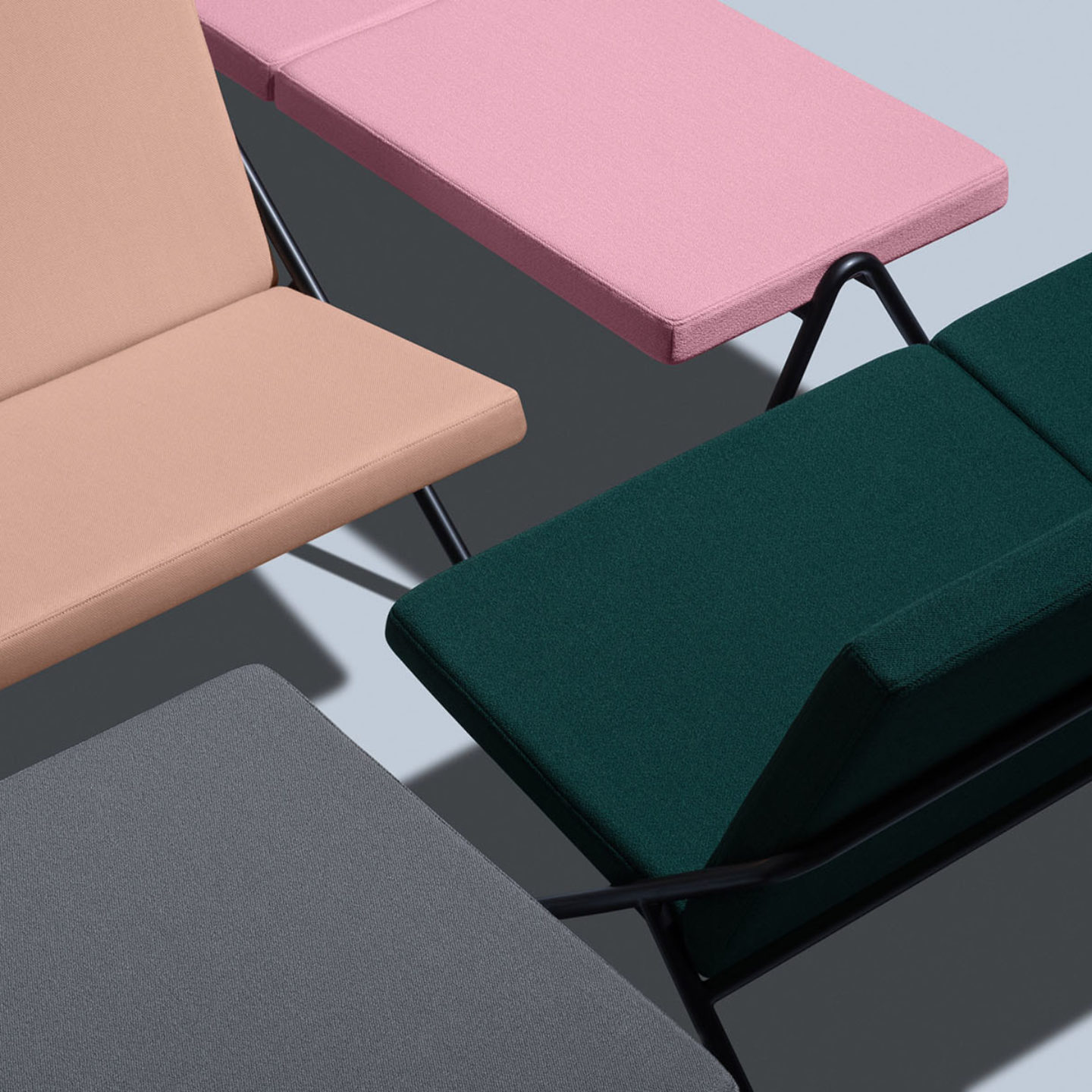
A Family Business: The Designer Brothers Behind Loehr
- Name
- Loehr
- Images
- Loehr
- Words
- Rosie Flanagan
When brothers Leon, Julian, and David Löhr began their eponymous furniture design business — Loehr — from their family home in Hamburg in 2012, they didn’t imagine such rapid development or early success.
Fast forward six years, and the three brothers are now based in Berlin: a perfect fit for contemporary designers whose love of furniture began with the bentwood antiques of their parents. Drawing inspiration from the structures and functions of architecture and the timelessness of design classics, Loehr pieces are marked by their reductionist, understated graphic forms: giving them what David Löhr calls a “functional ambivalence”. We sat down with David to learn more about the family business, its evolution from a so-called “garage-business” to today, and the reason they launched Loehr’s most recent collection in a ’50s home designed by Oscar Niemeyer.
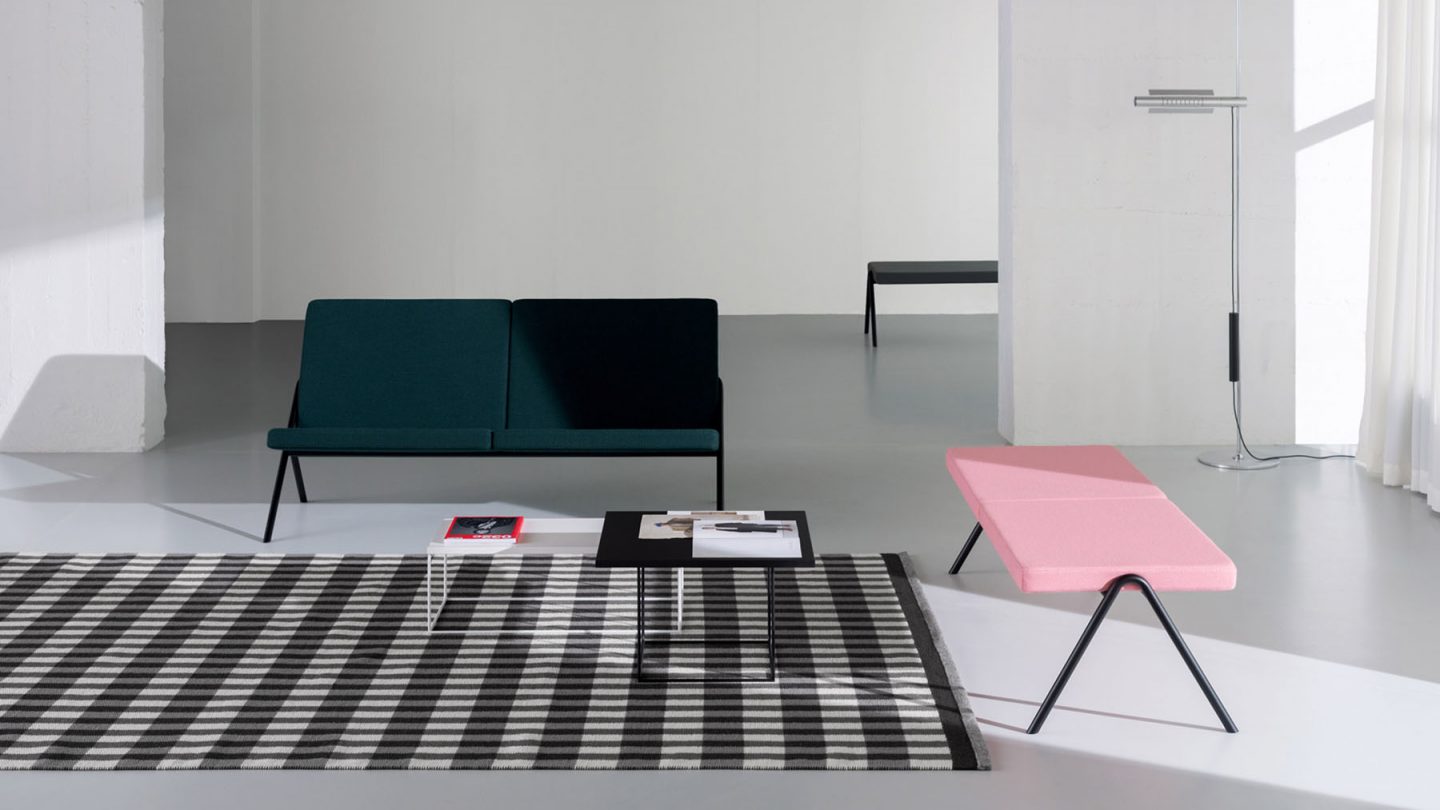
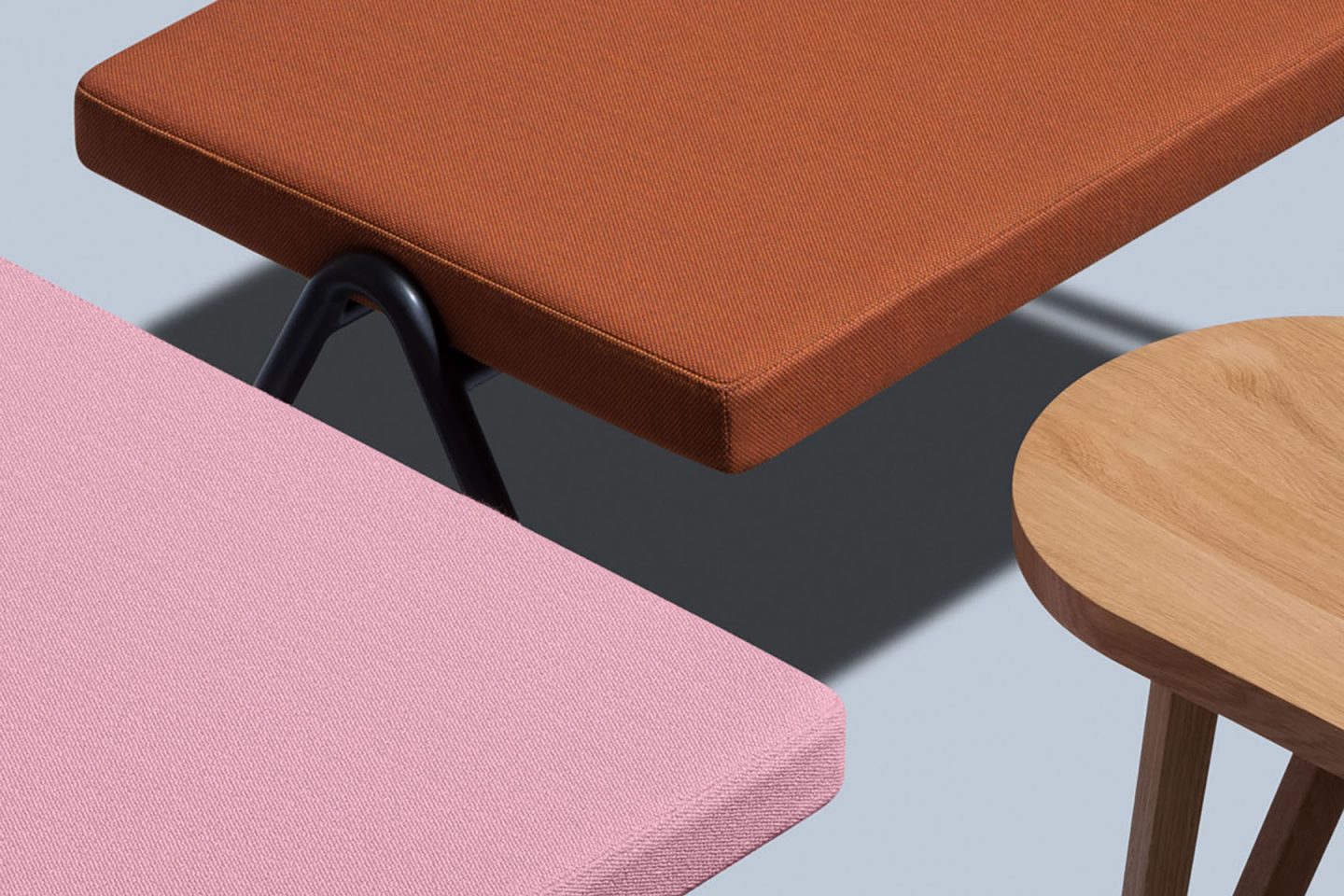
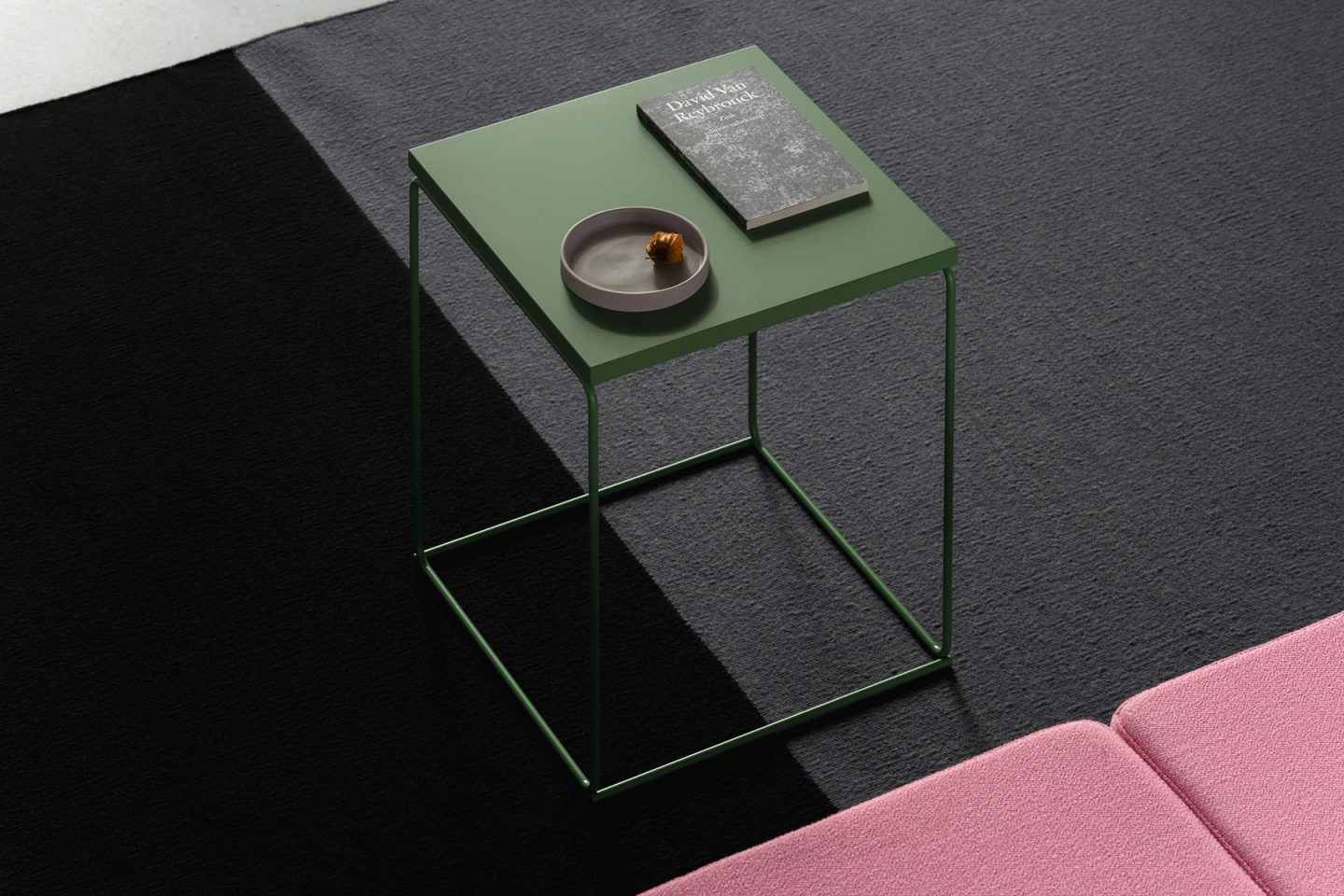
Why did you and your brothers decide to start Loehr?
We share a certain relationship with furniture. Our parents used to refurbish antique furniture pieces — bentwood chairs from Thonet or Kohn — and put a lot of effort into the creation of their home; all with self-taught craftsmanship. So we had a sense of quality, materiality, and design from a very early age. Although we are obviously driven by more contemporary influences, this mindset might be why we made the decision to found a design label to realize our own ideas for furniture.
How would you define your company ethos?
Our design language is driven by architectural principles of construction, and the interplay of forces. With the spatial context in mind from the very beginning of the design process, our products are not destined for any specific areas. They have a functional ambivalence that fluctuates between the private and the public. With this character, we want to encourage new perspectives on living, working and transit spaces.
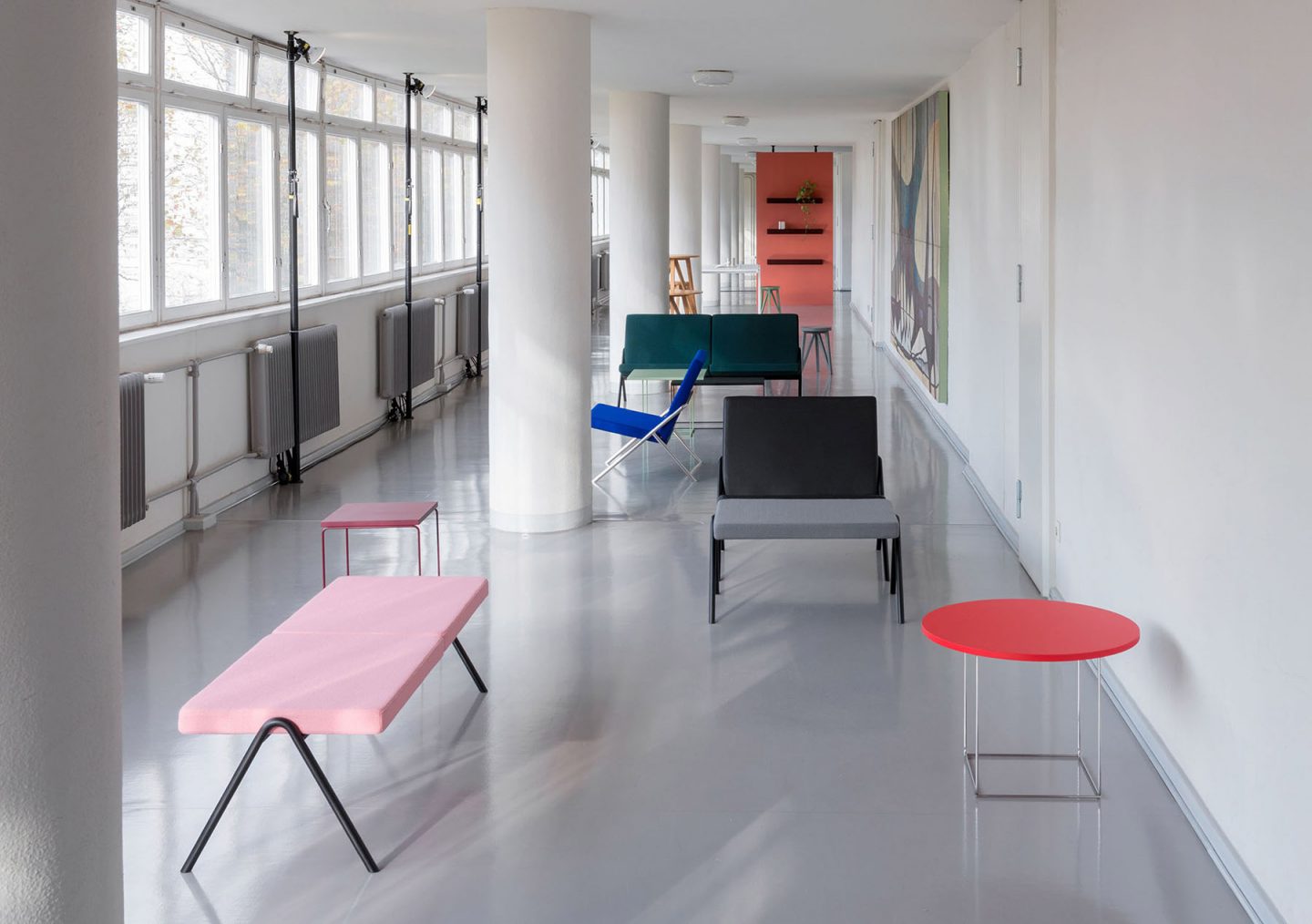
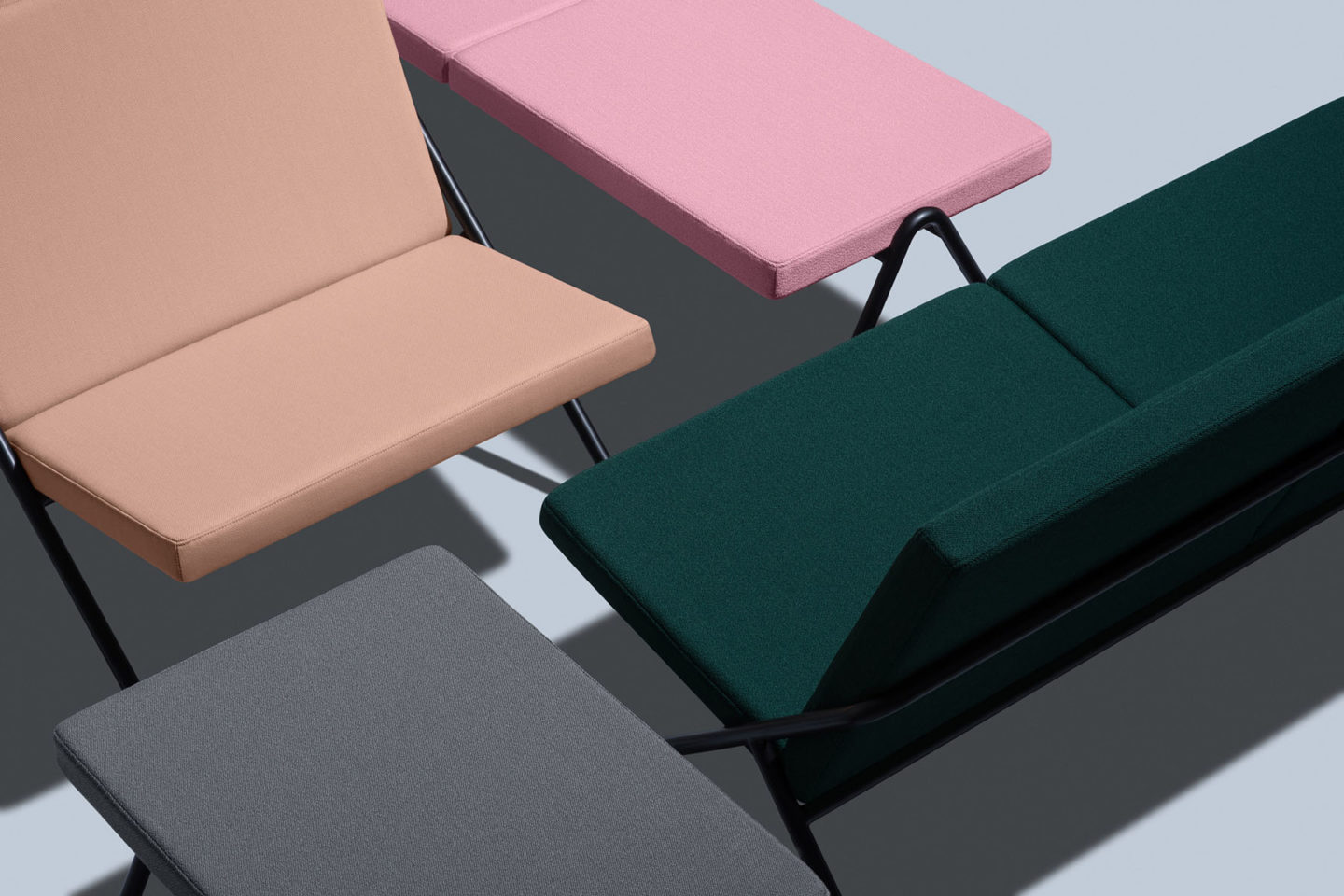
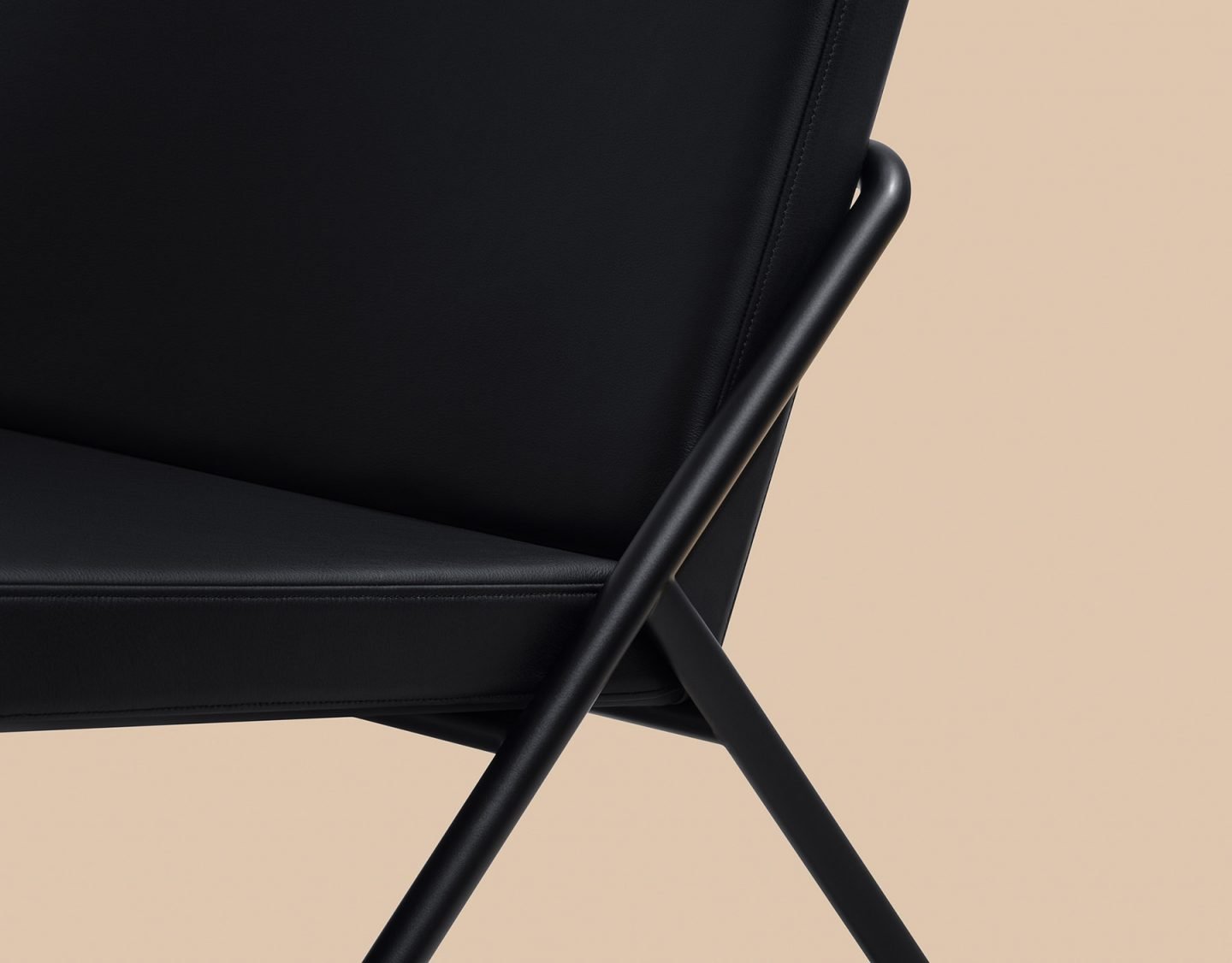
Established in Hamburg, you relocated your studio to Berlin in 2015, how have these places shaped your identity and design practice?
Relocating to Berlin had a huge impact on how we work, create and operate. We began in Hamburg as a classic ‘garage business’ located in our family home. That situation was ideal and cost-saving for the beginning as we did not exactly know how fast things would develop. We were also located in different cities at that time — Leon in Hamburg, Julian in Halle and David in Berlin.
We knew and felt that this would need to change. First, we first relocated our warehouse to Berlin and then we began searching for a suitable office space, which we found in the fall of 2015. Being together in Berlin opened up a whole new chapter. These past two years set a process of reflection in motion, which was not always easy and during which we have learned a lot.
We thought about where we want to take the Loehr brand, what its identity is and how we plan to develop our business. It changed the way we work together as brothers and business partners, it made us kill some ideas while also allowing us to create completely new ones. The result of this process is the collection and brand image we just launched. It feels almost like a new start to us!
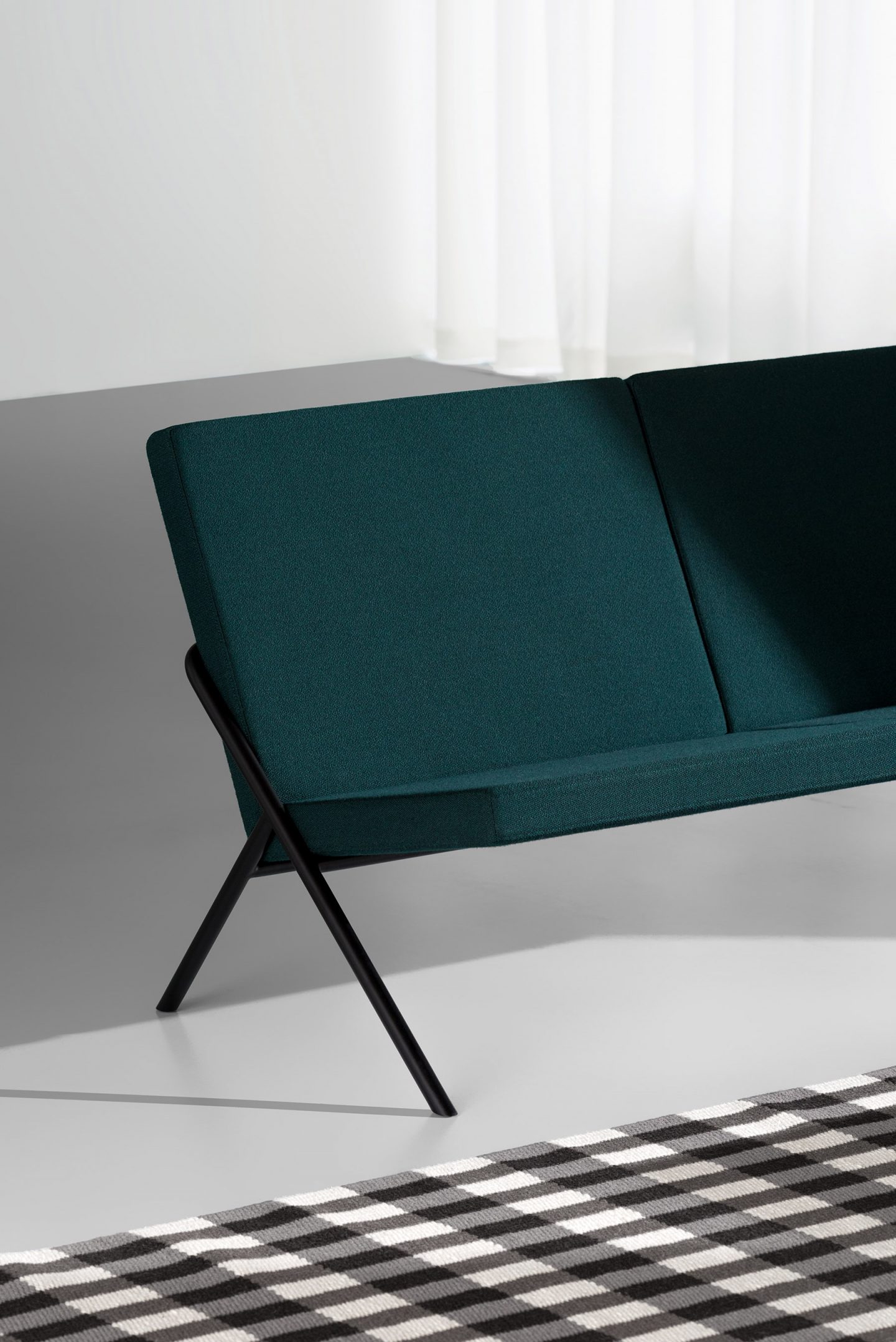
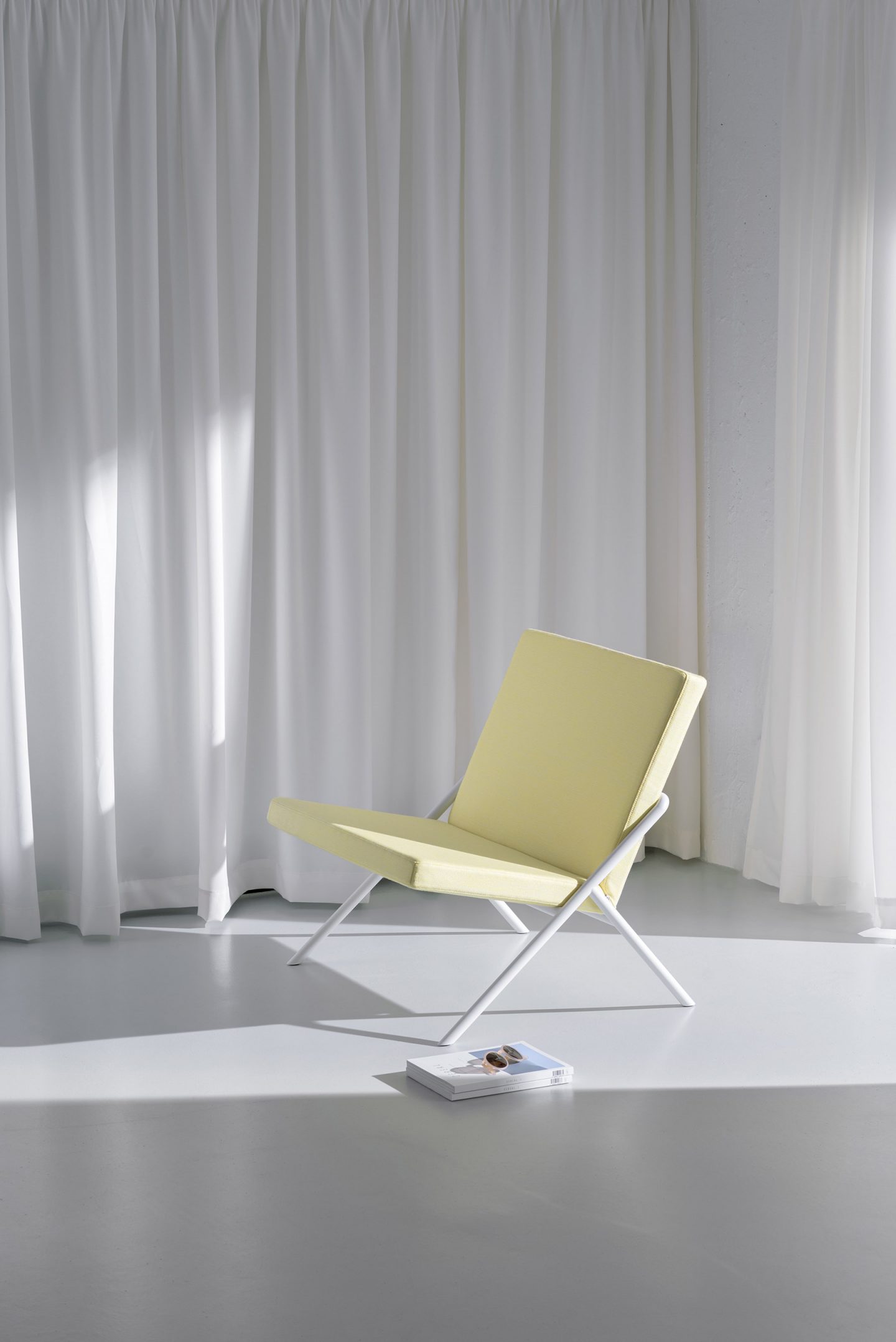
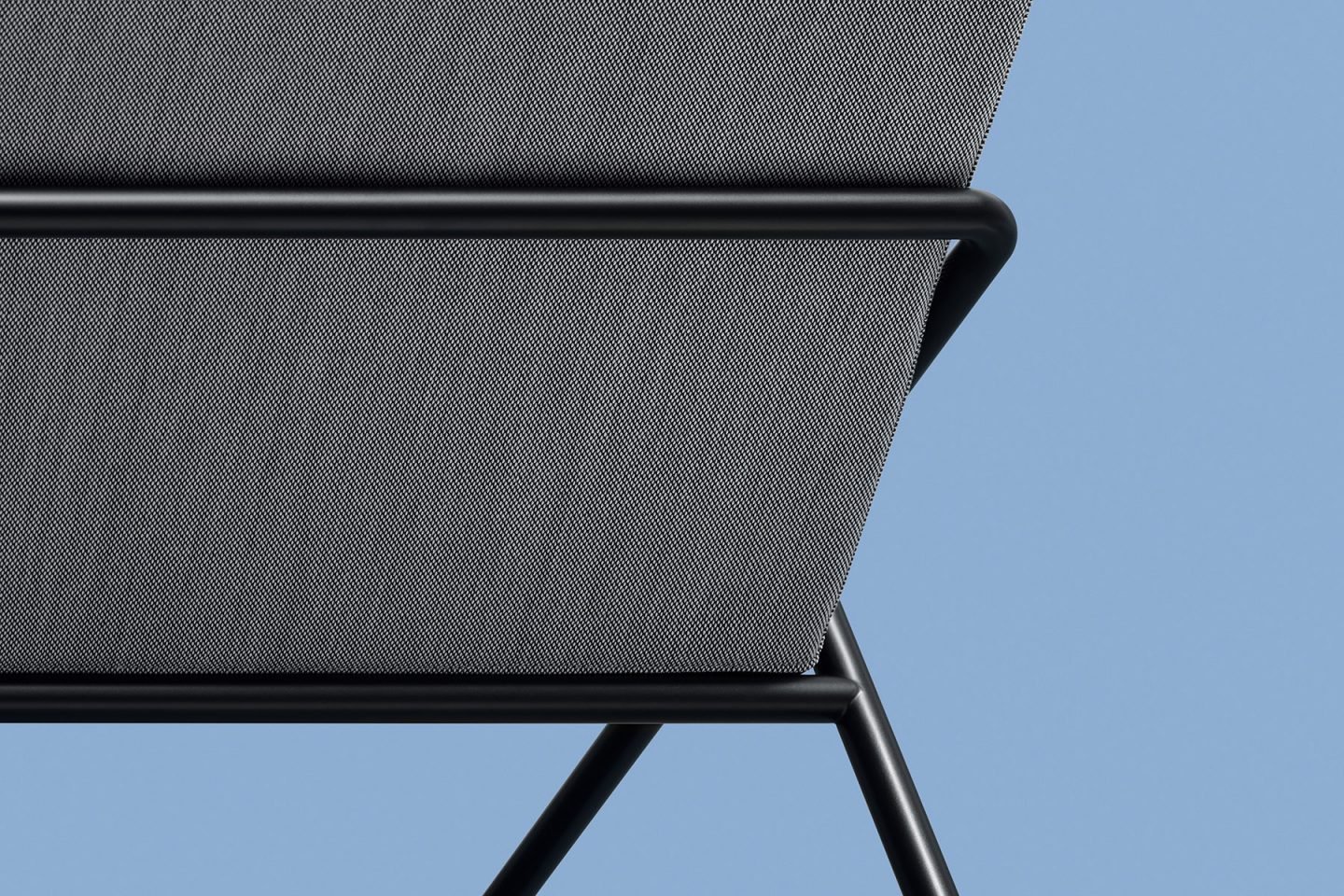
Reduced to the essential, the Loehr products are elegantly understated, how do you ensure they receive the recognition they deserve?
We believe that the tone of a brand, how its products are staged and presented and in which context they appear, make a difference to how they are remembered. Our products are shown in a very graphical, architectural way that emphasizes shape, form, and color. We also guide the viewer to pay attention to the details of our products, which are often of an inherent radicality. We do not want to just display images of furniture, rooms or architecture — but to share an idea.
What inspired the recent extension of your collection?
The recent extension is titled ‘A Position of Colour and Shape’ and is all about the architectural occupation and composition of space by form and color. We are hugely inspired by abstract and minimal art with a strong architectural quality from Josef Albers, Bruno Taut, Donald Judd, James Turrell or Luis Barragan — just to name a few.
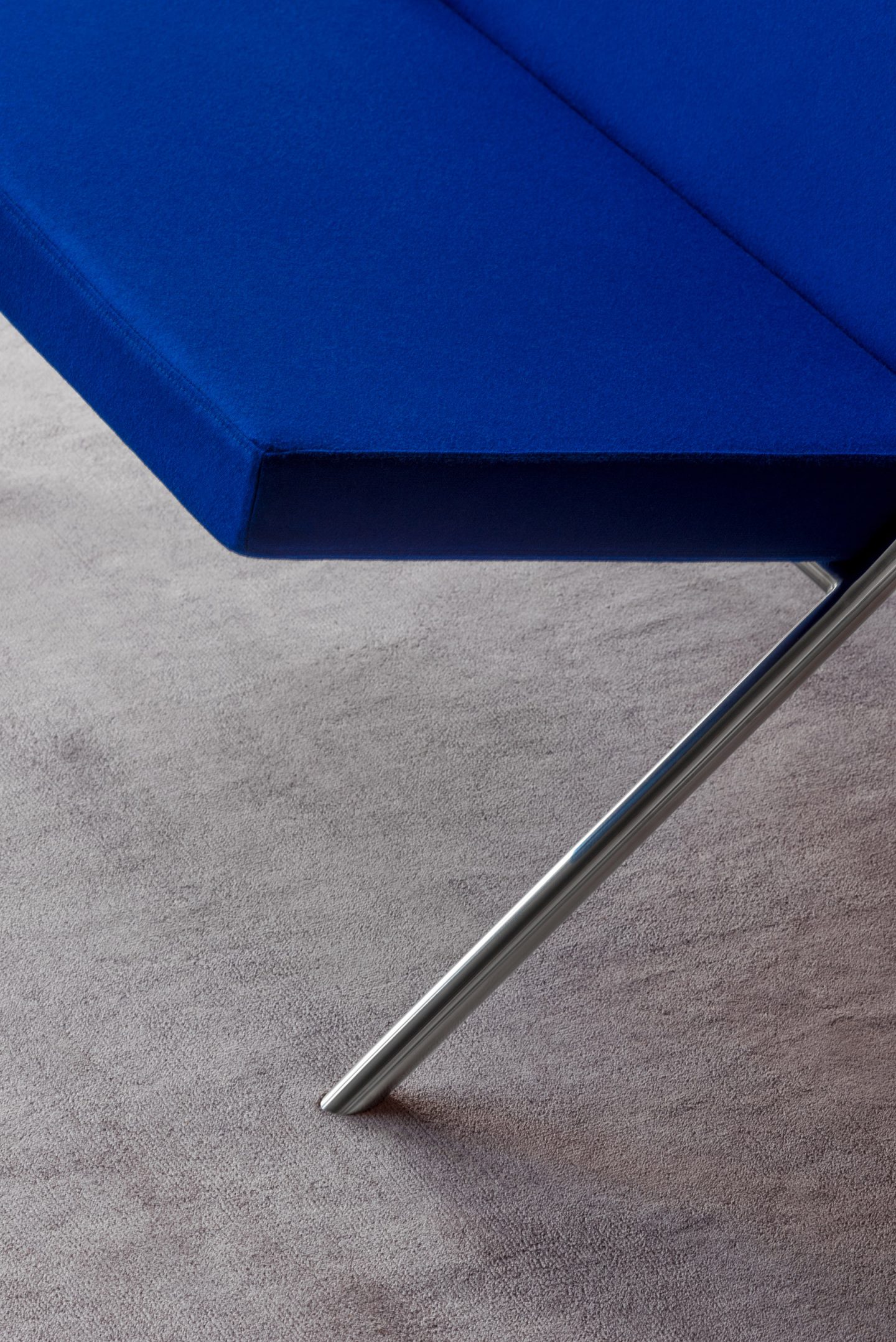
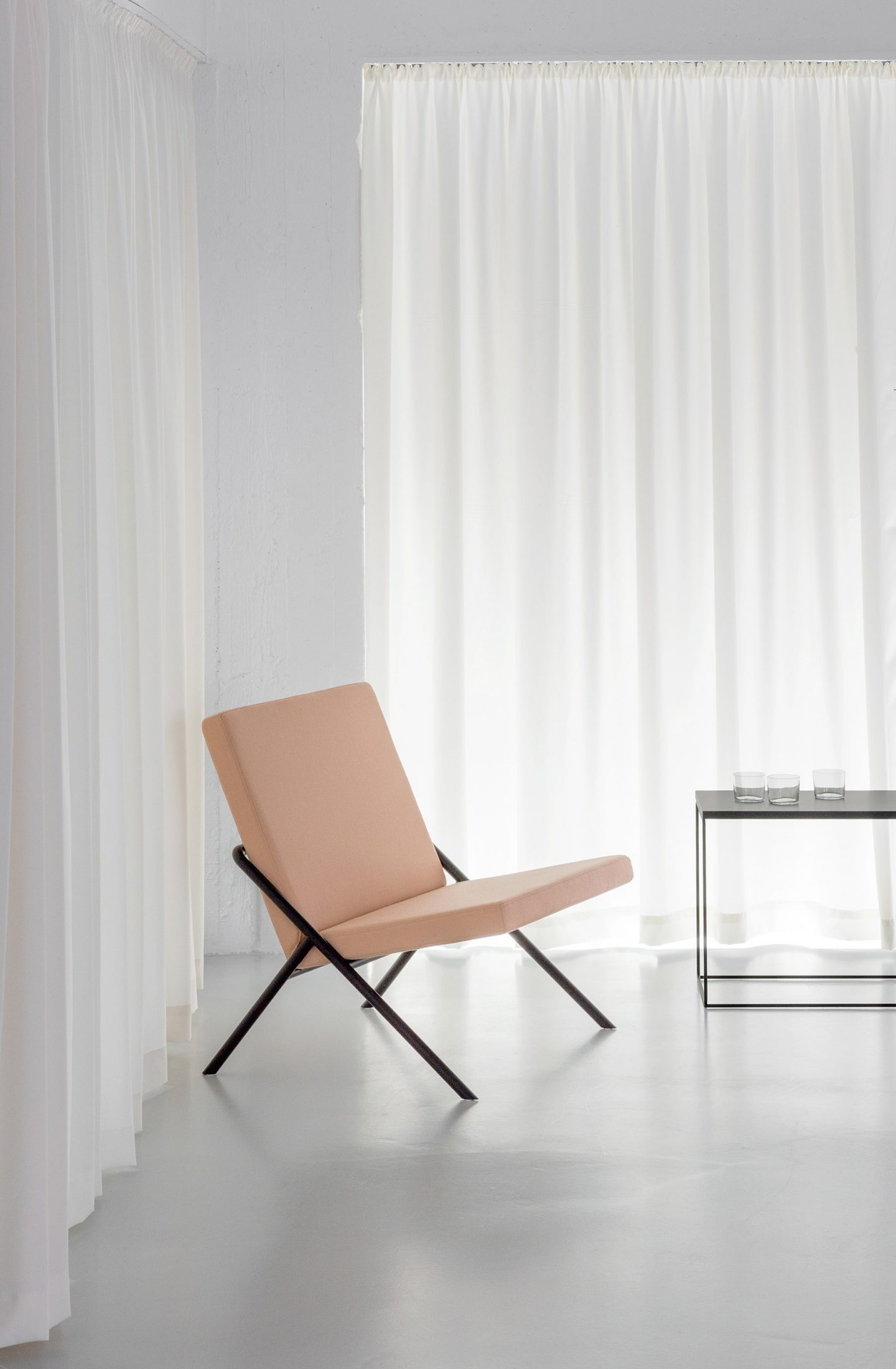
Why did you choose the Oscar-Niemeyer-Haus to showcase your new collection?
Launching our new collection at an apt architectural location was mandatory considering the collection’s character and our alignment towards architecture. The Hansaviertel in Berlin is such a place of relevance. Originally conceived as the “City of Tomorrow” in 1957, its concept is full of post-war optimism and idealism. Even if some concepts are obsolete by today, the park-like layout in the center of Berlin with thirty-five buildings by world-famous architects makes it a unique example of ’50s architecture and urban planning.
A friend of ours, who is engaged in the conservation and representation of the Hansaviertel offered the possibility to stage the launch event in the Oscar-Niemeyer-Haus when we were discussing our concept with him. There is a communal space on the 5th floor, which was never really used as such by the residents. Being a landmark building of the Hansaviertel — and usually inaccessible to the public — we were very lucky to be able to stage our release event there for one afternoon. The ephemeral nature of transforming this otherwise vacant space into a colorful exhibition for a few hours is exactly what we want to express with our work and as a brand.
"Transforming this otherwise vacant space into a colorful exhibition for a few hours is exactly what we want to express with our work and as a brand."
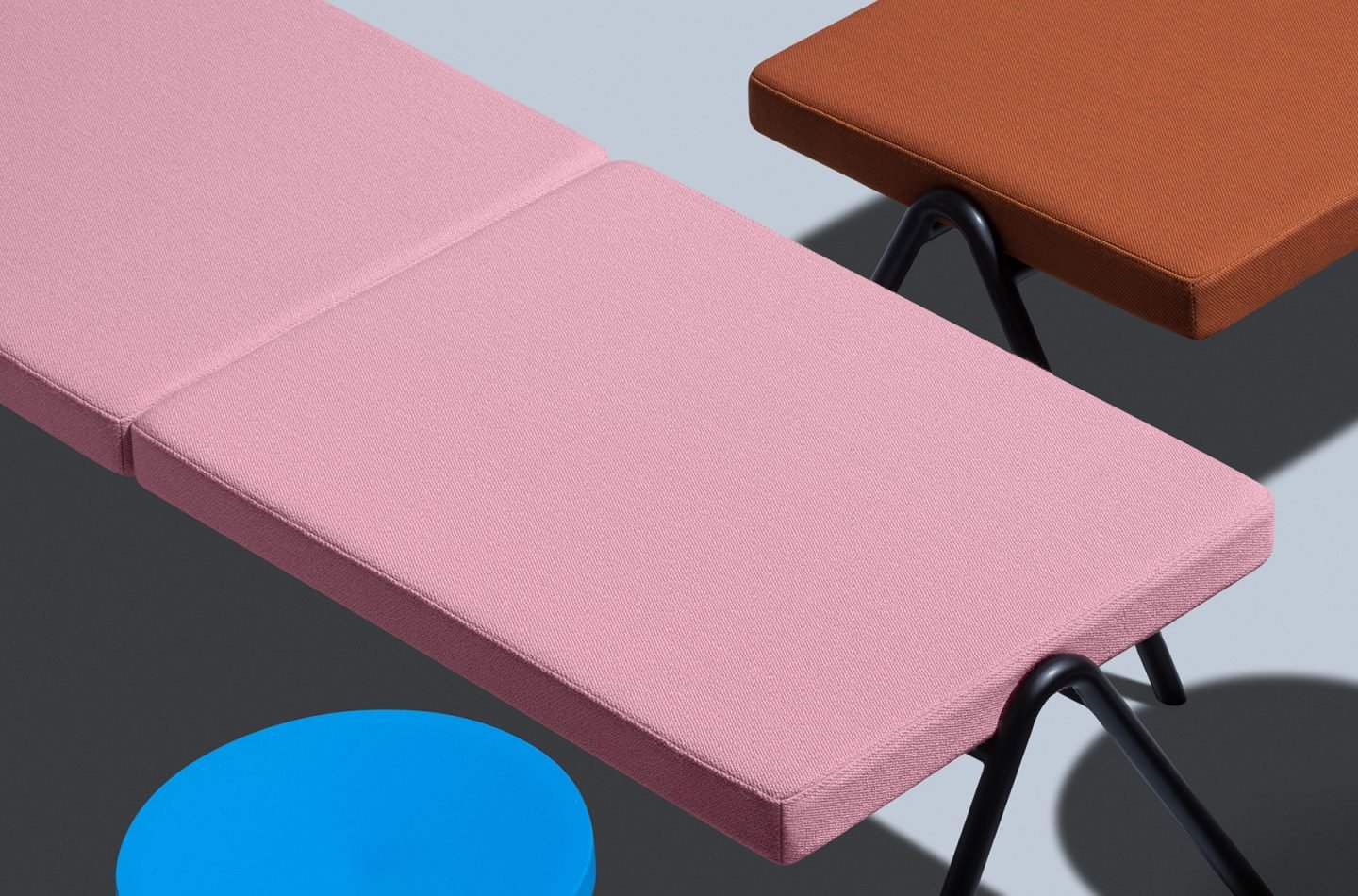
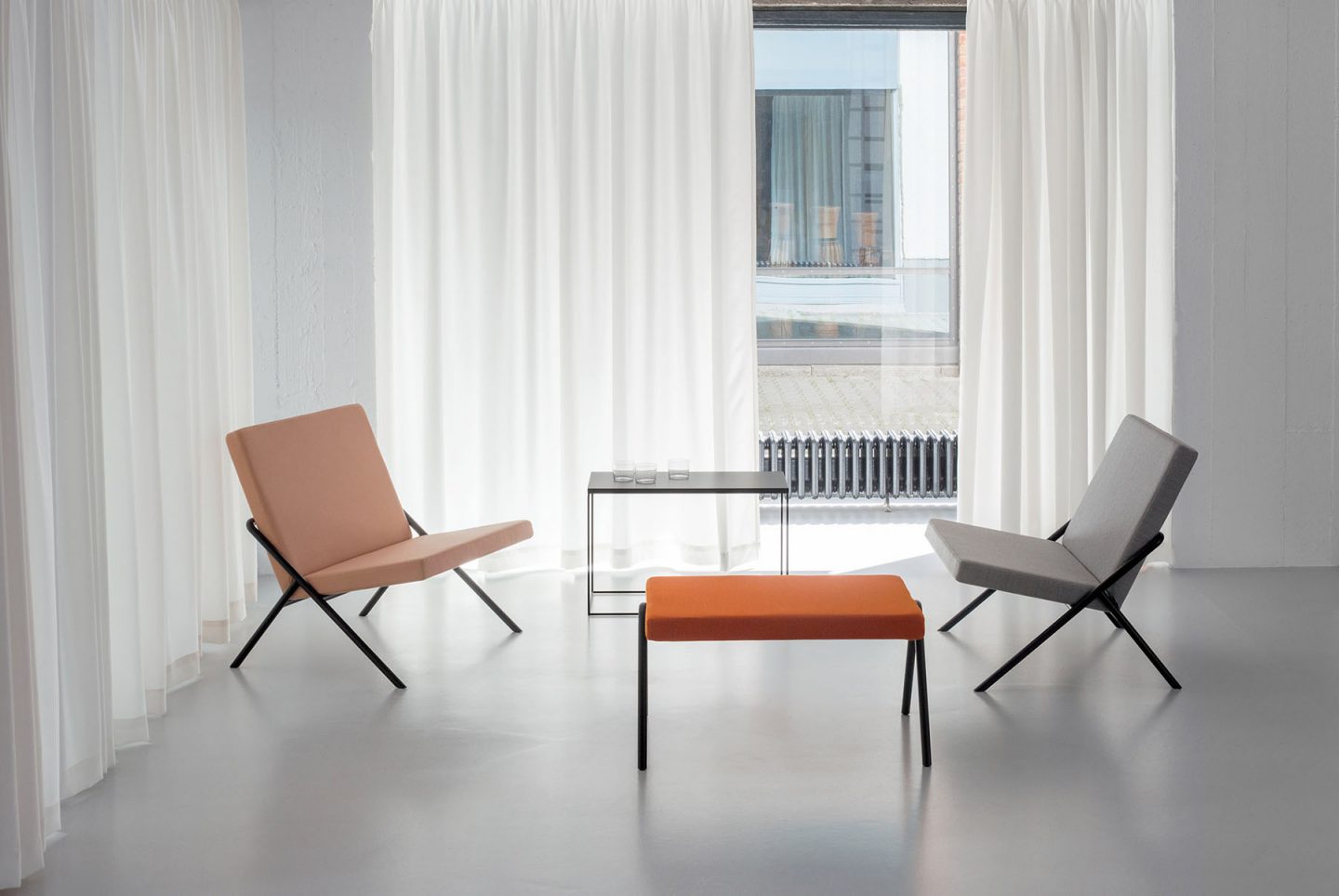
All images © Loehr
